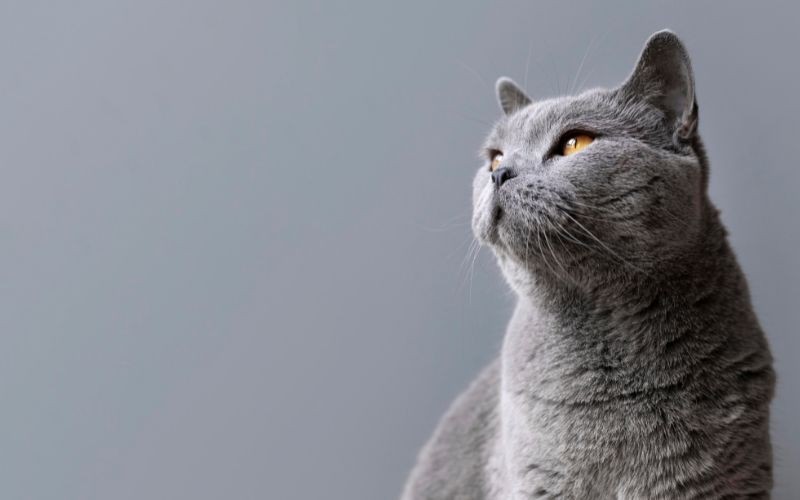
Adolescence in cats
Adoloscence, a sensitive phaseThe main stages of behavioral development of the little feline are the prenatal period, the neonatal period, the transition period, the period of socialization, puberty, and social maturation.
Adolescence in cats embodies both puberty and social maturation. This time window can be considered like a new birth in which the kitten changes in appearance and temperament. Puberty occurs at around six to twelve months depending on the cat’s size, while social maturation occurs at around one and a half - three years of age.
Two portions of the brain, the hypothalamus and the pituitary gland, trigger puberty by stimulating the production of male and female sex hormones. Estrogen and testosterone induce the appearance of new behaviors in cats such as reproductive activity and urinary marking. Social maturation, on the other hand, stabilizes the emotional and cognitive characteristics of the cat's personality.
Adolescence and emotions
During adolescence, you may notice significant changes in your cat's behavior. In this period your cat will begin to exhibit newfound curiosity and impulsivity. This phase is marked by intense emotional experiences, including increased dopamine release, which can lead to impulsive decisions.
For this reason, adolescence can be considered as the period in which the small feline's behavioral frailties come to light in a striking way.
Everything that was not previously built on solid foundations during growth tends to collapse. For example, a kitten that has occasionally encountered humans will very easily begin to hide when guests arrive; or a relationship with the Pet Parents based on prohibitions can lead to a conflict that is expressed by the cat through threats (hisses, growls), aggressions, excessive vocalization, inappropriate elimination or urinary markings.
Adjusting your adolescent pet’s diet
As your cat transitions into adulthood, its energetic needs may change. Therefore, it's essential to adjust its caloric intake to ensure proper growth and development.
To ensure that your pet is receiving an adequate intake of all necessary nutrients you can always count on the support of Farmina’s nutrition consultant who will periodically help tailor your cat’s nutrition plan according to its age and needs, and help follow your pet’s growth curve, to ensure that everything is running smoothly.
Find out more on Farmina's Pet Care Program
Adolescence and neutering
Neutering is a common procedure that prevents cats from reproducing. The appropriate age for carrying out the procedure is still under debate. In fact some vets recommend proceeding during the first stages of adolescence, typically around five or six months of age. While others recommend waiting until the end of the first heat cycle (for female cats), typically around eight to twelve months.
However, deciding if and when to spay your pet should be always discussed with trusted veterinarian, taking into account several characteristics, such as the age and behavior of the subject.
This intervention in male and female leads to benefits for the individual as it increases their average life expectancy (prevention of mammary tumors in the female cat and reduction of wandering away in both genders) even if It might predispose to weight gain and all related pathologies such as diabetes mellitus or arthrosis.
A recommended diet for spayed cats
As seen above, neutering your pets comes with some advantages but the downside is that spayed and neutered pets can easily tend to overweight.
To counteract this downward trend it is necessary to adjust their caloric intake (pets in this condition require less) and by choosing the correct food.
Farmina offers a variety of specific diets made for neutered pets. Reach out to your local Farmina Genius Consultant to choose the correct match for your feline friend and to adjust the rationing.
Request a free personlized nurtition plan now

